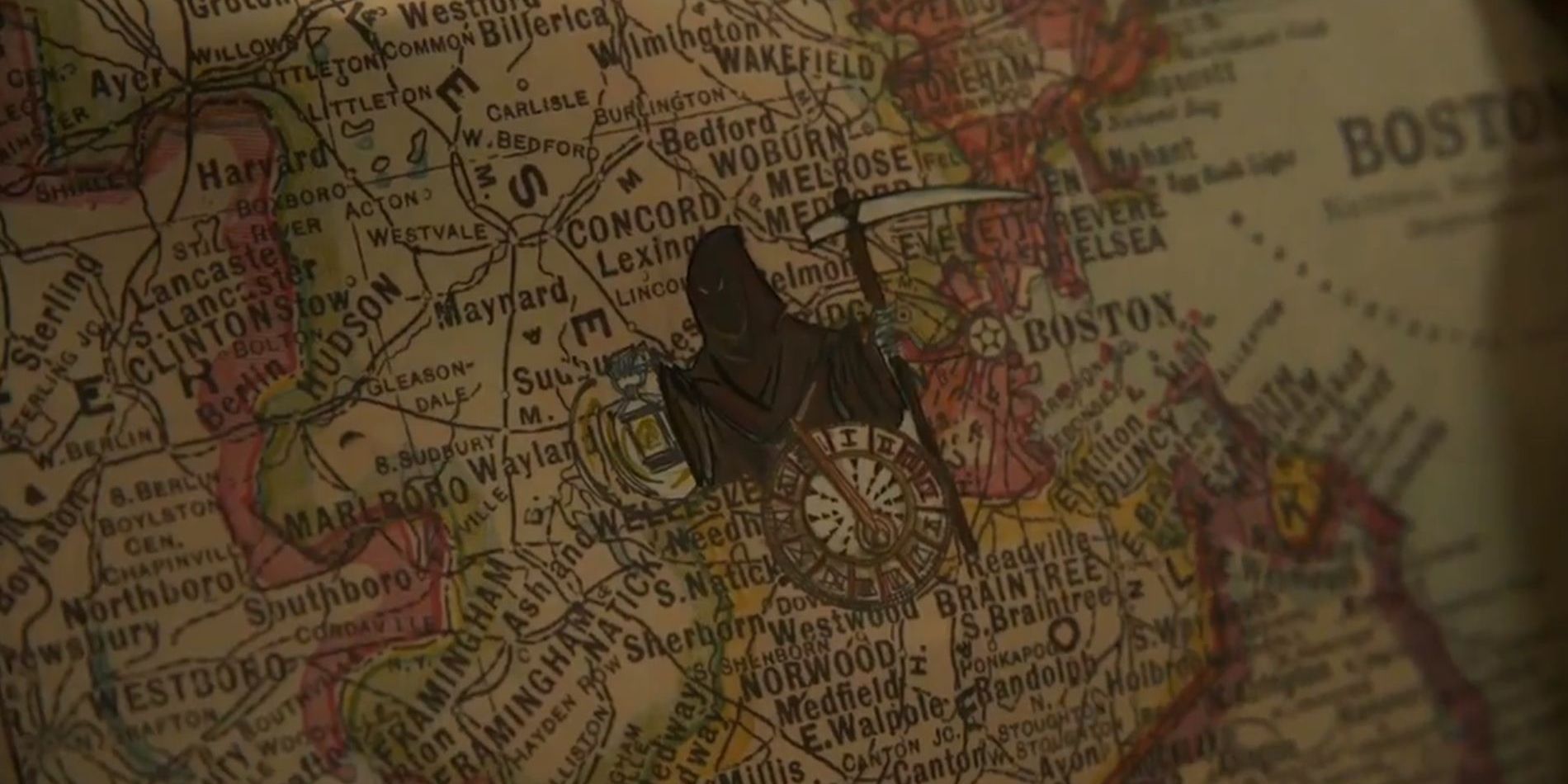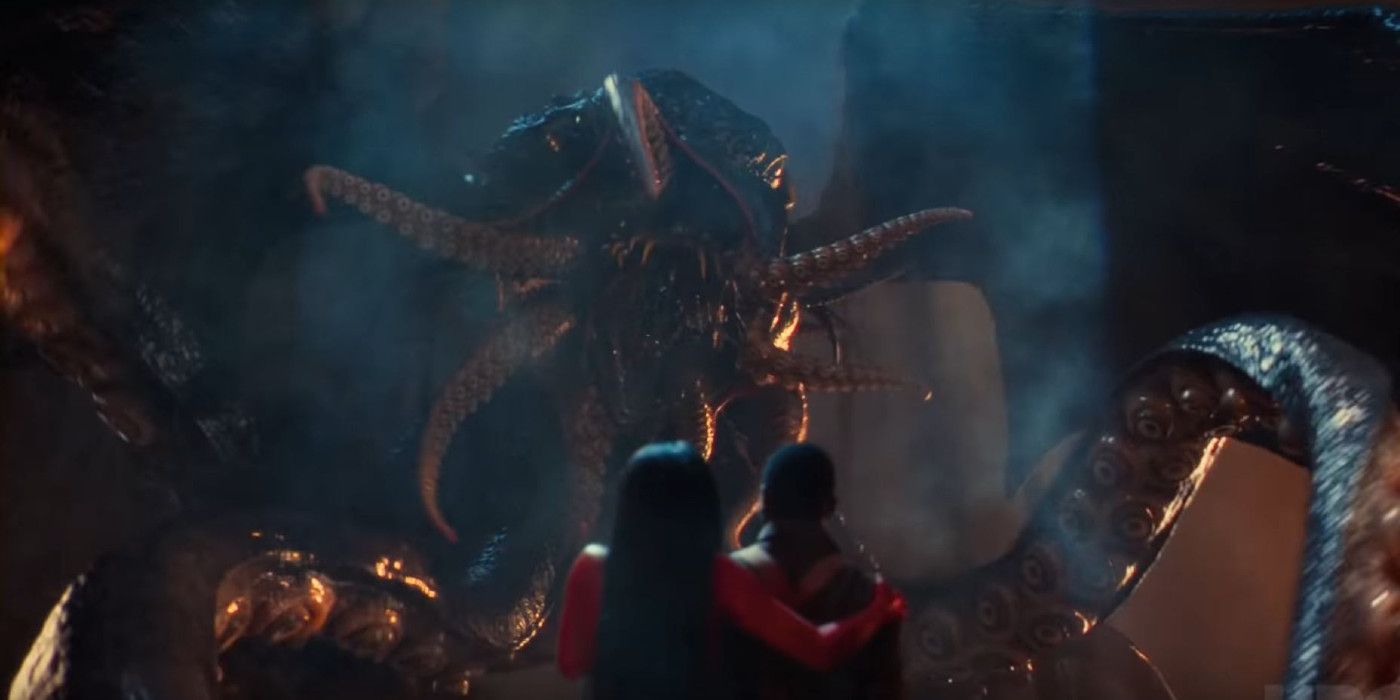Though HBO's Lovecraft Country obviously seems to borrow a lot of aesthetics from H.P. Lovecraft—one of the architects of modern horror—the book that serves as the source material also pays homage to the genre and honors its sci-fi horror roots. Based on a sci-fi adventure/horror novel written by Matt Ruff, Misha Green serves as showrunner with Jordan Peele as a producer for the show. Though only two trailers have been released as of this writing, they both give audiences a glimpse at the secret societies and ancient horrors in season 1.
While the show's cosmic horror atmosphere and otherworldly abominations are directly inspired by the works of H.P. Lovecraft, the material also serves as a challenge of his ideals and what his stories represent. Lovecraft himself was a notorious racist and xenophobe, and his prejudiced vision of the world makes its way into many of his stories, particularly The Horror at Red Hook and The Shadow Over Innsmouth. By centering the focus of the narrative on a black family and their experiences in Jim Crow America, the show reinvents the genre tropes created by the author in order to craft a story about how humanity's worst monsters are oftentimes other humans.
As the name implies, the works of H.P. Lovecraft are deeply rooted into the show's very DNA. However, the horror writer isn't the only inspiration for the show's pulp aesthetic, as the magazine that published many of Lovecraft's works is directly referenced by the source material.
Atticus Turner, the book's main character, is a bibliophile whose greatest joy comes from consuming literature, specifically the white-dominated field of science-fiction. The book mentions by name several authors that Atticus enjoys, including Ray Bradbury and Robert Heinlein, authors who, just like Lovecraft, had problematic views on people of color and other minorities. The book also takes specific care to mention that Atticus enjoys reading a magazine publication entitled "Weird Tales", a magazine that should carry special weight to fans of H.P. Lovecraft's work.
Weird Tales was a popular fiction magazine that ran originally from 1922 to 1954. In the span of over 3 decades, the magazine published some of the most influential voices in science-fiction and horror, ranging from Lovecraft to Robert E. Howard, the creator of Conan the Barbarian, and even the author of the novel Psycho, Robert Bloch. For a time, it was a premiere staple for fans of genre fiction, and helped to launch the career and pave the way for dozens of iconic writers whose contributions to literature have helped shape its arc in the past few years.
The magazine became so popular that it even led to the creation of its own genre: weird fiction, a name synonymous with stories that reinvent traditional horror archetypes in new and fascinating ways. The early 1900s of weird fiction was dominated by the tentacle—a symbol that marked a new emerging style of horror characterized by the presence of unknowable and unnameable horrors radically different from the tangible, understandable villains of Gothic fiction.
Weird fiction was the foundation for what would eventually become Lovecraftian or cosmic horror, and by proxy Lovecraft Country exemplifies the genre. Fraught with dangers both human and inhuman, the book (and show) revel in crafting scares that are inexplicable. Aside from mentioning just Weird Tales by name, the book also directly mentions H.P. Lovecraft's own submissions to the magazine, adding an element of metatextual commentary to an already dense work. Lovecraft Country's clear homages to its forebearers in weird fiction is just another example of how the show is already weaving a narrative of genre fiction and social commentary to spectacular effect.


